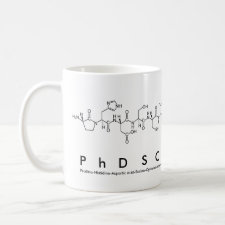
Authors: Thakur MS, Ragavan KV
Article Title: Biosensors in food processing.
Publication date: 2013
Journal: Journal of Food Science and Technology
Volume: 50
Issue: (4)
Page numbers: 625-641.
DOI: 10.1007/s13197-012-0783-z
Abstract: Optical based sensing systems that measure luminescence, fluorescence, reflectance and absorbance, etc., are some of the areas of applications of optical immunosensors. Immunological methods rely on specific binding of an antibody (monoclonal, polyclonal or engineered) to an antigen. Detection of specific microorganisms and microbial toxins requires immobilization of specific antibodies onto a given transducer that can produce signal upon attachment of typical microbe/microbial toxins. Inherent features of immunosensors such as specificity, sensitivity, speed, ease and on-site analysis can be made use for various applications. Safety of food and environment has been a major concern of food technologists and health scientists in recent years. There exists a strong need for rapid and sensitive detection of different components of foods and beverages along with the food borne and water borne pathogens, toxins and pesticide residues with high specificity. Biosensors present attractive, efficient alternative techniques by providing quick and reliable performances. There is a very good potential for application of biosensors for monitoring food quality and safety in food and bioprocessing industries in India
Template and target information: Review - biosensors in food science
Author keywords: Biosensors, Food processing, CFTRI, Nanosensor, aptamer, immunosensor, food safety



Join the Society for Molecular Imprinting

New items RSS feed
Sign-up for e-mail updates:
Choose between receiving an occasional newsletter or more frequent e-mail alerts.
Click here to go to the sign-up page.
Is your name elemental or peptidic? Enter your name and find out by clicking either of the buttons below!
Other products you may like:
 MIPdatabase
MIPdatabase









